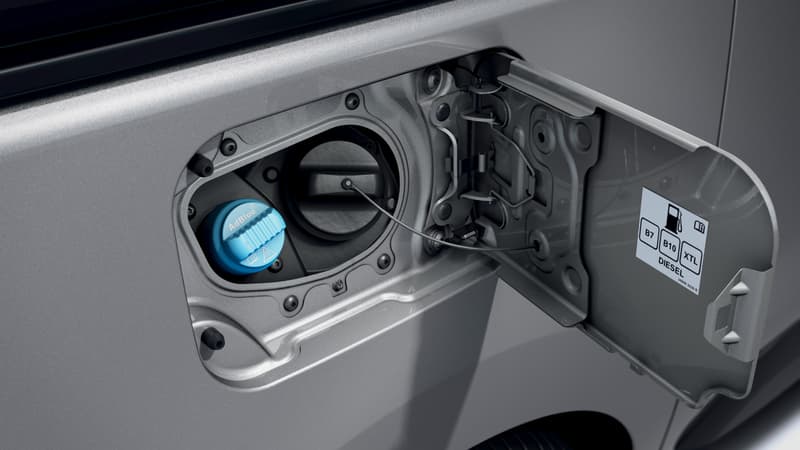It is an essential additive for diesel engines, passenger cars and heavy vehicles. AdBlue, mandatory since 2014 for newly registered light vehicles, is also affected by inflation. For a little over a year, its price has been rising.
A price multiplied by three in a year
If we look at the price at the pump, the AdBlue that is offered at certain service stations, we were at 50 euro cents per liter in September 2021, with a rise to 70 cents at the end of the year, according to a statement provided by Francis Pousse, President of the service station and new energy branch of the Mobilians professional union.
But it was the start of the war in Ukraine that caused the price of AdBlue to skyrocket. The additive then reached a first peak of 1.25 euros per liter on March 30, before falling to less than one euro at the beginning of the summer to approach 1.50 euros per liter at the start of the school year in September. A three-fold increase in a year, before a further decline. Adblu has fallen back to less than one euro since October 31.
This price per liter is much higher for a purchase in drum format: currently in the TotalEnergies online store, the 5-liter drum is at 18.40 euros, or 3.68 euros per liter, and the 10-liter drum is 28.90 euros, or 2.89 euros per liter. A quick search on the internet, however, allows you to find much cheaper: Feu Vert, for example, offers these two volumes respectively at 12.99 euros (2.598 euros per liter) and 22.99 euros (2.29 euros per liter). .
A price linked to that of natural gas
What of fertilizers, the price of which has skyrocketed for several monthsThis inflation is mainly explained by the cost of raw materials, in this case natural gas.
“Natural gas is the feedstock we use to produce urea and AdBlue, and with prices 5-6 times higher than a year ago, it represents our main cost driver,” the GreenChem producer explains on his site.
Another phenomenon on the demand side, with more and more diesel cars and trucks on the roads requiring the use of AdBlue. In addition, the gradual tightening of standards since 2014 has led to an increase in the consumption of this additive per kilometer driven to achieve better pollution control, explained Francis Pousse of Mobilians.
When should AdBlue be refilled?
Adblue is generalized in Europe with the Euro 6 standard, voted in 2014 and which has been applied to new vehicles since September 2015. In private vehicles, consumption can vary between 1.5 and 3 liters per 1000 kilometers, with tanks that can contain between 11 and 25 liters of this additive, remember Auto Plus. Without Adblue, the engine may simply refuse to start. A warning light usually appears between 900 and 2400 kilometers before this happens, enough to anticipate the filling of your tank.
Source: BFM TV


